Archive for April, 2009
Wednesday, April 29th, 2009
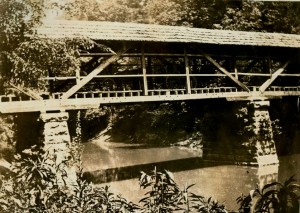
Covered Bridge near Wessyngton
For many years local residents have claimed that the old covered bridge between Wessyngton and Washington Hall was haunted. It was said that you could hear horses walking across the brigde and hear voices when no one was near it. In researching the history of Wessyngton I found a photo of the original bridge taken in the late 1800s.
Tags:Adams Tennessee, Bell Witch, cedar hill, Cedar Hill Tennessee, covered bridge, ghosts, haunted bridge, Washington family, Washington Hall
Posted in Interviews, Research | Comments Closed
Tuesday, April 28th, 2009
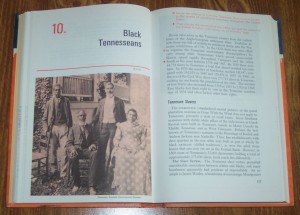
Your Tennessee Social Studies Textbook
My story began when I was in the seventh grade. While flipping through my social studies textbook I spotted a photograph of four former slaves, entitled “Black Tennesseans.” For some reason I kept being drawn to the photo and would look at it each time I went to class. Soon afterwards my grandmother told me that the two people seated in the photograph were her paternal grandparents, Emanuel and Henny Washington, who were enslaved on Wessyngton Plantation. That discovery led me on a thirty year journey of researching my family and all the others connected to the plantation.
Would you share a story of how your research began with others? Please send a short e-mail telling me about it. Also please let me know if I could post the story on my blog. I would not post your name or e-mail address. Thank you. john@johnbakerbooks.com
Tags:Ancestors, Emanuel Washington, George Augustine Washington, Henny Washington, John Baker, Social Studies, The Washingtons of Wessyngton Plantation, Your Tennessee
Posted in Introduction & Personal | Comments Closed
Tuesday, April 28th, 2009
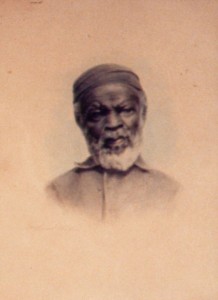
Emanuel Washington Portrait by Howard Weeden
During the late 1890s and early 1900s the Washington family commissioned [Maria] Howard Weeden to paint the portraits of several African Americans who were once enslaved on Wessyngton Plantation. One of them was of my great-great-grandfather Emanuel Washington. During the Civil War Emanuel ran away with Union soldiers. He and his family returned to Wessyngton after the war. Emanuel was famous for telling ghost stories to all the children on the plantation. He was born at Wessyngton April 23, 1824 and died there in 1907. His portrait remains in the Washington family.
Tags:Adams, Bell Witch, cedar hill, Emanuel Washington, ghosts, Howard Weeden, portrait, story telling, Weeden Museum
Posted in Civil War, Genealogy & DNA, Interviews, Plantation Life | Comments Closed
Saturday, April 25th, 2009
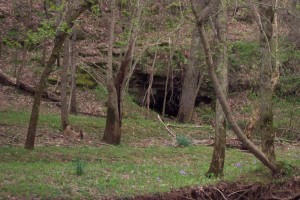
Winters Cave on Wessyngton
One of Robertson County Tennessee’s earliest settlers, Caleb Winters spent his first winter in a cave located on Wessyngton. Caleb was said to be an excellent hunter and lived on wild game. A creek running near the cave was called Caleb’s Creek in his honor. Winters later built a cabin across the creek from the entrance to the cave. The property was sold to Joseph Washington and remained in the Washington family until 1983.
Tags:cabin, Caleb Winters, Caleb's Creek, cave, hunting
Posted in Genealogy & DNA, Interviews, Research | Comments Closed
Saturday, April 25th, 2009
On April 21st, author John F. Baker Jr. delivered a presentation on his new book The Washingtons of Wessyngton Plantation: Stories of My Family’s Journey to Freedom to the Greenbrier Historical Society. The program was well received and attended by nearly 40 historical society members and friends.
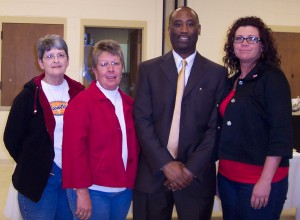
Baker with friends at Greenbrier Historical Society
Tags:family history, Genealogy & DNA, Greenbrier, history, Plantation Life
Posted in Book Tour & Reviews, Current Events, Genealogy & DNA, Interviews | Comments Closed




